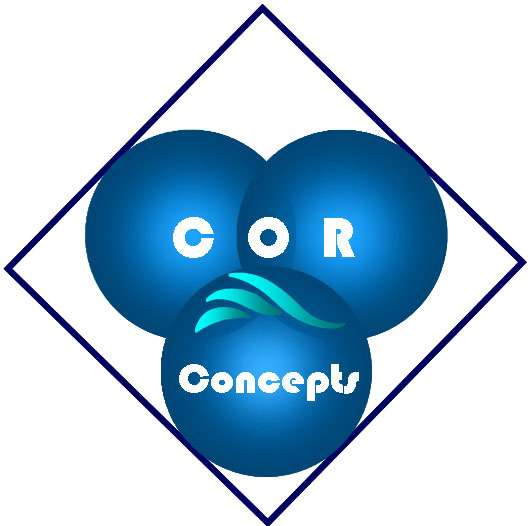A day in the life of an HR manager
Human resource managers spend a lot of time each day answering emails, writing job descriptions, preparing for meetings, drafting reports and doing other routine tasks. AI can help them get those tasks done more effectively and efficiently.
In this infographic of a typical day for an HR manager, you'll see exactly what an AI assistant such as Microsoft Copilot can do to speed up routine work. Like summarizing email threats, creating questions for upcoming interviews with potential recruits, and creating presentation slides. Learn all that AI can do by having a look at this Microsoft infographic.
How does Copilot assist in interviews?
Copilot assists HR managers by suggesting follow-up questions and summarizing key points made by candidates during interviews. This allows managers to gain deeper insights into a candidate's skills and experience efficiently.
How can Copilot streamline communication?
Copilot helps HR managers by summarizing email threads and chat discussions, enabling them to quickly assess situations and draft appropriate responses. This feature enhances communication efficiency and ensures that important issues are addressed promptly.
What role does Copilot play in presentations?
Copilot aids in preparing presentations by adding slides that explain team initiatives and summarizing compliance handbooks. It can also assist in creating charts and calculations from data, making it easier for HR managers to present key information to leadership teams.
A day in the life of an HR manager
published by COR Concepts
COR Concepts provides Information Governance, Records Management and Enterprise Content Management (ECM) consulting and training services. The company is built on the belief that any Information, Records or Document Management initiative should be designed to extract the maximum business benefit for the organization.
We bring together Compliance, Risk Management and Operational information requirements in a way that delivers benefits to each one of these diverse business units. Our approach is to use an array of industry standards and best practice methodologies to ensure that each implementation will stand the test of time.
We see information governance and records management as an integral part of any Enterprise Content Management implementation and focus on building a solid platform including a records management policy, records management procedures, file plans and a solid change management infrastructure. Building and implementing governance structures is becoming essential for success and we design structures to ensure that all governance aspects are included.



